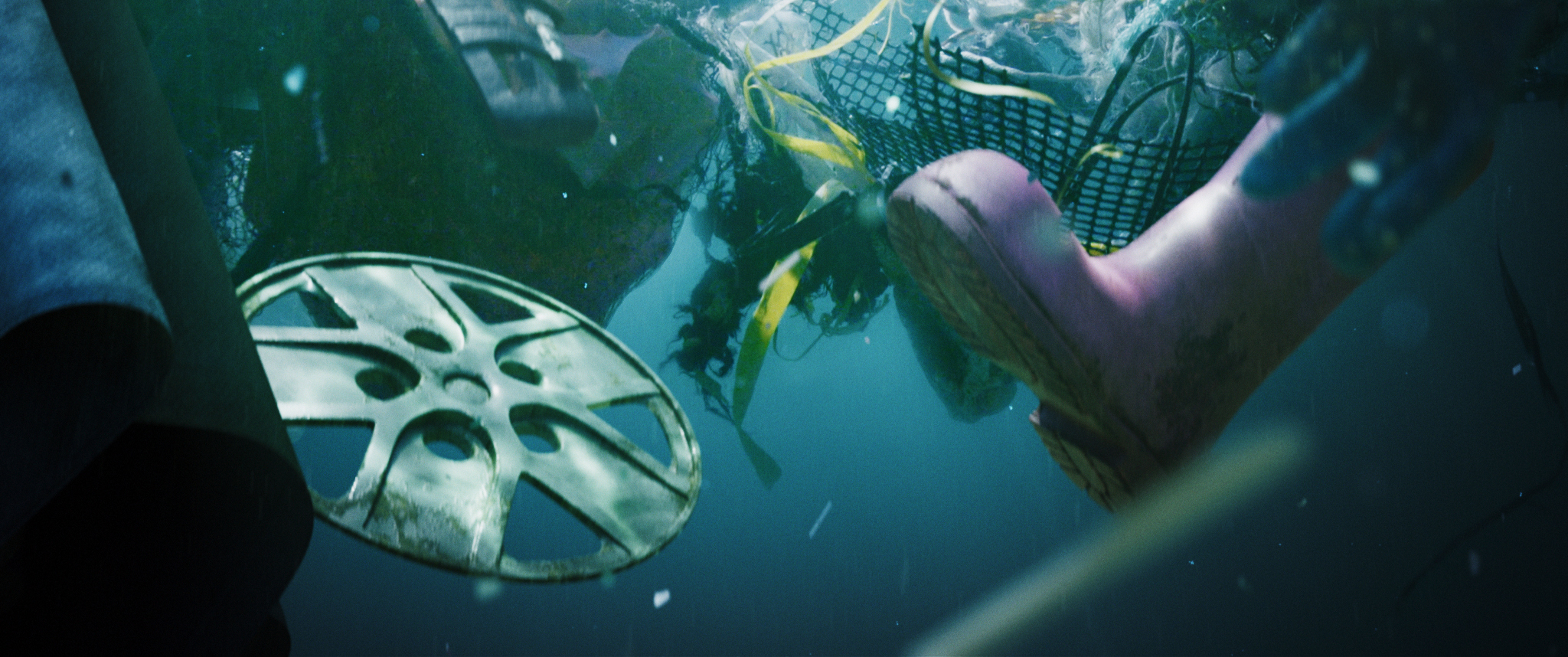How Screen Narrative Works
In the early days of cinema, between 1894 and 1904, pioneering filmmakers began to realise that our need to jump to conclusions and to discover the truth would enable them not only to document the world around them through single clips (e.g. a train going over a bridge), but also to create complex narratives from a succession of clips unfolding through time.
What began as short film narratives accompanied by musicians in the theatre, from the 1930s became increasingly complex and were bound together with recorded sound and a synchronised soundtrack.
These days we see these narratives as fluid and apparently seamless, an illusion achieved through the use of:
- credits, titles and onscreen text to frame the illusion
- movement and dialogue expressing conflict that unfolds within a shot
- a logical succession of edited shots that builds on our desire to find what the connection between shots is
- narrative sounds, both diegetic or non-diegetic, that accompany and bridge those shots
- sound effects and music that bridge scenes/sequences and dictate our emotional response to the narrative
- narration to frame stories and connect shots, clips, sounds and music.
These techniques developed into a distinct language which, just as with the written word, has a very definite "vocabulary" of shots and angles, "punctuation" in the form of camera movements and edits, and "grammar" that gives specific meaning to shot sequences. This language can be just as complex and nuanced as verbal or written language, and just as rewarding to unpack. Find out more here.
Narrative and the Continuity System
The language developed in early, silent films was, over time, developed into a system of planning, shooting and editing that is now generally referred to as the Continuity System. This is designed to provide the audience with an apparently seamless viewing experience, even though a film is cobbled together from hundreds of individual visual and audio clips.
At the core of the Continuity System is the concept of active questioning. This means that the narrative should be constructed in a fashion where questions are set through the actions/reactions of the characters in one clip and then partially answered by the next clip, along with what the audience assumes must be happening in the parts of the story they cannot directly see. When these filmed shots and recorded sounds are edited into sequences, audiences suspend their disbelief and allow their natural curiosity about what they see and hear draw them into the artifice of the cinematic experience, and engage emotionally and intellectually with the illusion of a larger narrative world. For the most part, the narrative proceeds through this process:
- Setting a question
- Providing a partial answer
- Setting a new question
However, at certain points in this process, the filmmaker may want to introduce a new character, cut to a different line of action, or introduce a completely new sequence. Filmmakers have developed special techniques to alert the audience to a new paragraph or chapter, through the use of specific transitions, changes in the music, changing the soundscape or using sounds that bridge a cut. These alert audiences subliminally that they are about to see something new.
Summing Up
A film can therefore be described as a multi-layered, audio-visual narrative that develops through a process of question and (partial) answer, from shot to shot, at exactly the pace set by the filmmakers. If this construction is successful, then the film will stimulate the audience's curiosity and imagination, drawing them through the narrative.
